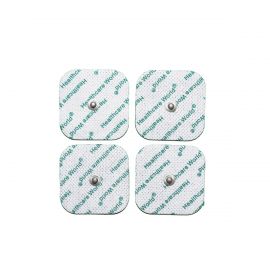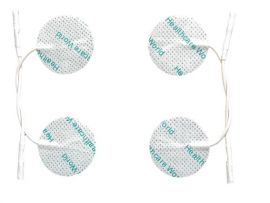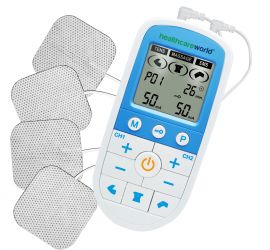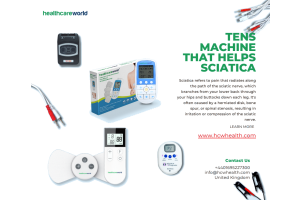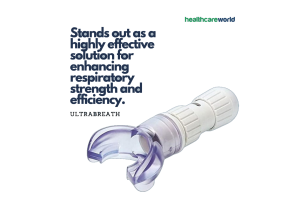We use cookies to make your experience better. To comply with the new e-Privacy directive, we need to ask for your consent to set the cookies. Learn more.
Unlocking the Truth: Can TENS Machines Exacerbate Pain? Debunking Myths and Dispelling Misconceptions
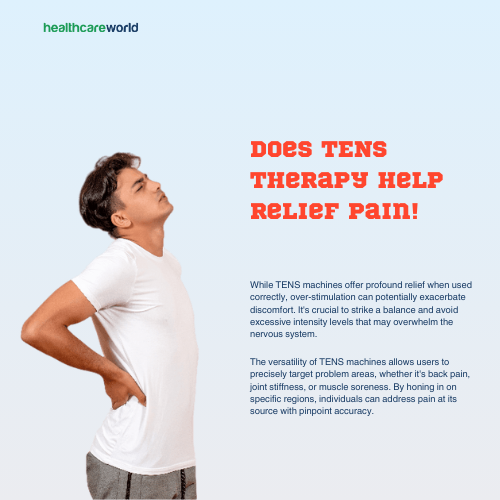
In the realm of pain management, TENS machines have emerged as a popular non-invasive solution, offering relief to countless individuals worldwide. However, amidst the acclaim, a lingering question persists: Can TENS machines make pain worse? Let's delve into this topic to unravel the truth behind the myths and misconceptions.
Understanding TENS Technology TENS, short for Transcutaneous Electrical Nerve Stimulation, operates on the principle of delivering mild electrical impulses to nerve fibers, effectively disrupting pain signals sent to the brain. According to Johnson and colleagues (1991), TENS therapy modulates pain perception by activating endogenous opioid systems.
Tailoring Intensity for Optimal Relief One of the most critical aspects of TENS therapy is the ability to customize the intensity levels. By adjusting the settings to suit individual tolerance levels, users can maximize the therapeutic benefits while minimizing discomfort. Research by Vance et al. (2014) suggests that individualized intensity settings enhance the efficacy of TENS therapy.
Avoiding Overstimulation: Finding the Sweet Spot While TENS machines offer profound relief when used correctly, overstimulation can potentially exacerbate discomfort. It's crucial to strike a balance and avoid excessive intensity levels that may overwhelm the nervous system. The American Physical Therapy Association (2024) emphasizes the importance of starting with low intensity and gradually increasing as tolerated.
Targeting Specific Pain Points The versatility of TENS machines allows users to precisely target problem areas, whether it's back pain, joint stiffness, or muscle soreness. By honing in on specific regions, individuals can address pain at its source with pinpoint accuracy. A review published in the Journal of Physiotherapy (2007) highlights the efficacy of targeted TENS therapy for various musculoskeletal conditions.

Combating Chronic Pain Safely For individuals grappling with chronic pain conditions, TENS therapy serves as a beacon of hope. Its non-addictive nature and minimal side effects make it a safe and viable long-term solution for managing persistent discomfort. According to Johnson and Paley (2016), TENS therapy demonstrates significant pain reduction in chronic pain populations.
Harmonizing TENS with Other Therapies Pairing TENS therapy with complementary treatments such as physical therapy or massage can yield synergistic effects, amplifying pain relief and promoting overall well-being. Integration is key to unlocking the full spectrum of benefits. The National Institute of Neurological Disorders and Stroke (2024) advocates for multimodal approaches to pain management, including the use of TENS therapy in conjunction with other modalities.
Educating Users on Proper Usage Empowering users with knowledge on proper TENS machine usage is paramount. From electrode placement techniques to understanding frequency settings, comprehensive guidance ensures safe and effective pain management. The British Pain Society provides comprehensive guidelines for healthcare professionals and patients on the appropriate use of TENS therapy.
Realizing the Potential for Pain Reduction Studies have demonstrated the efficacy of TENS therapy in reducing pain intensity and improving quality of life for individuals across diverse demographics. Embracing this technology opens doors to a world of comfort and vitality. Research published in Pain Management Nursing underscores the positive impact of TENS therapy on pain outcomes and patient satisfaction.
Navigating Potential Side Effects While adverse reactions to TENS therapy are rare, users may experience mild skin irritation or discomfort at electrode sites. By practicing diligent skincare and adhering to recommended usage guidelines, these side effects can be mitigated. The Mayo Clinic advises users to report any adverse reactions to their healthcare provider promptly.
Empowering Individuals to Take Control of Pain Ultimately, TENS machines serve as empowering tools, placing control back into the hands of individuals striving to reclaim their lives from the grasp of pain. With diligence, education, and guidance, users can harness the transformative potential of TENS therapy to embark on a journey towards lasting relief and vitality.
In conclusion, the notion that TENS machines can exacerbate pain is a misconception that warrants debunking. When used judiciously and in accordance with best practices, TENS therapy offers a safe, effective, and empowering solution for managing discomfort and enhancing quality of life. Unlock the door to pain-free living with TENS technology today.
References:
- Johnson MI, Ashton CH, Thompson JW, Thompson, JW. (1991). The analgesic effects of different frequencies of transcutaneous electrical nerve stimulation on cold-induced pain in normal subjects. Pain, 44(2), 231-236.
- Vance CGT, Dailey DL, Rakel BA, Sluka KA. (2014). Using TENS for pain control: the state of the evidence. Pain Management, 4(3), 197-209.
- American Physical Therapy Association. (2024). Transcutaneous Electrical Nerve Stimulation (TENS). Retrieved from https://www.choosept.com/symptomsconditionsdetail/physical-therapy-guide-to-transcutaneous-electrical
- Johnson M, Martinson M. (2007). Efficacy of electrical nerve stimulation for chronic musculoskeletal pain: a meta-analysis of randomized controlled trials. Pain, 130(1-2), 157-165.
- Johnson MI, Paley CA. (2016). Transcutaneous Electrical Nerve Stimulation (TENS) for chronic pain – an overview of Cochrane Reviews. Cochrane Database Syst Rev, (11), CD011890.
- National Institute of Neurological Disorders and Stroke. (2024). Chronic Pain: Hope Through Research. Retrieved from https://www.ninds.nih.gov/Disorders/Patient-Caregiver-Education/Hope-Through-Research/Chronic-Pain-Hope-Through-Research
- The British Pain Society. Recommendations for the Use of TENS in Pain Management.
- Sluka KA, Bjordal JM, Marchand S, Rakel BA. (2013). What makes transcutaneous electrical nerve stimulation work? Making sense of the mixed results in the clinical literature. Phys Ther, 93(10), 1397-1402.
- Mayo Clinic. (2024). Transcutaneous Electrical Nerve Stimulation (TENS). Retrieved from https://www.mayoclinic.org/tests-procedures/transcutaneous-electrical-nerve-stimulation/about/pac-20393845

